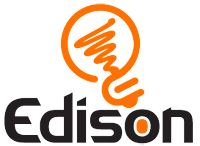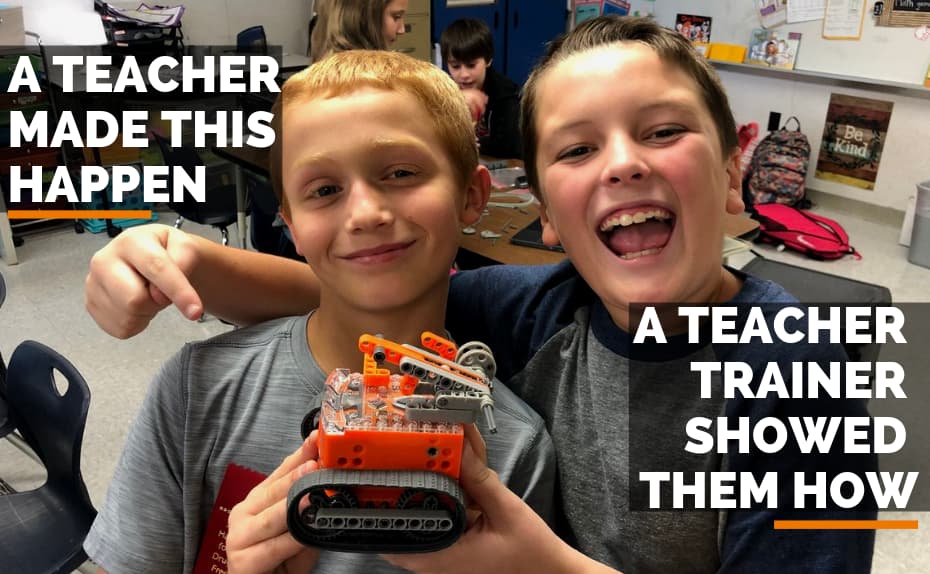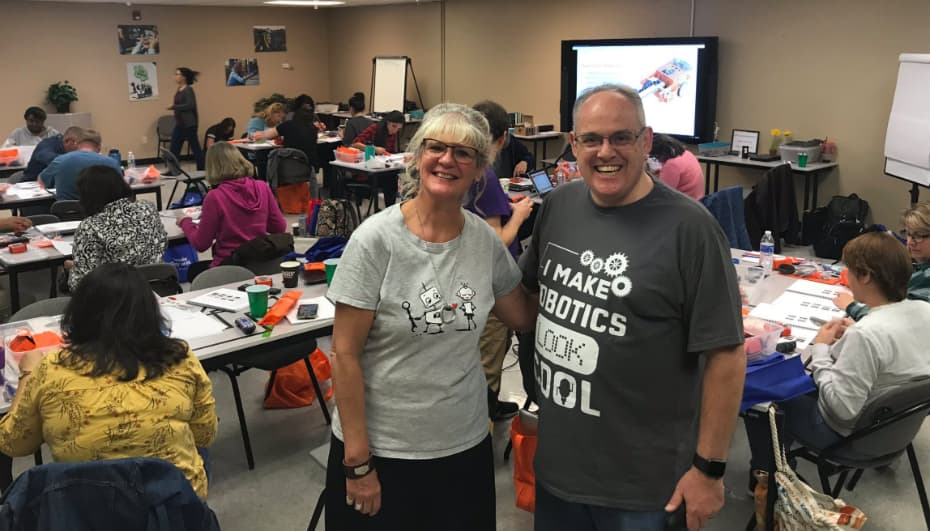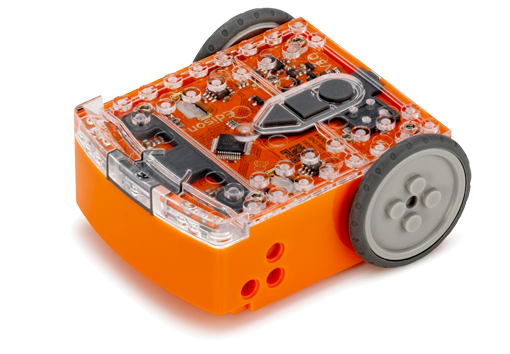We are currently accepting applications for new training partners. If you would like to become a partner training organisation for Edison, we would love to hear from you! Learn more and apply by visiting www.meetedison.com/training-organisation-enquiry
Nothing gets you in the feels quite like seeing teachers post about the success they and their students are having tackling a new STEAM project. Heartbreakingly, these social media celebrations all too often include a comment from another teacher saying something like, “so cool! I could never do that.”
What’s causing this divide among educators? Why do so many teachers fear – and avoid – teaching STEAM (science, technology, engineering, arts and maths), especially the technology component? And what can we do about it?
A growing body of research shows that the key to getting teachers teaching tech is surprisingly straightforward: professional development teacher training.
A lack of training means a lack of confidence
Most teachers agree that technology in the classroom helps students. Indeed, 82 percent of teachers surveyed in a recent study of 250 United States-based educators said they believed students who use technology in the classroom are better prepared for their future careers. Unfortunately, 78 percent of the study’s respondents also stated that they had not received the training they need to use tech in their classroom effectively.
A lack of training on how to teach technology and STEAM topics is a major problem for teachers globally. Even a cursory look at any of the popular Personal Learning Networks (PLNs) on Twitter will reveal how real, and how prevalent, the pain is for educators. “Teachers do not fear change,” reads one well-shared tweet. “Teachers fear not being supported when asked to change.”
Being forced to teach tech and other STEAM subjects without training leaves educators feeling overwhelmed and afraid. The knock-on effects of teachers feeling this way on students are powerful and scary. Researchers from the University of Chicago’s STEM Education Center have found that when teachers feel uneasy about the subject matter, they are less likely to want to teach that subject to their students. Many educators admit they avoid or limit the time they spend teaching the subjects they don’t feel comfortable with, focusing instead on the topics they have more confidence teaching. In early learning and primary education, where most teachers are generalists with a laundry-list of subjects and skills to cover, avoiding teaching tech is as easy as ‘just running out of time in the day.’ But avoiding these topics is potentially damaging to students, as research shows that early exposure to STEM initiatives and activities positively impacts elementary students’ perceptions and interests in these subjects long-term.
Asking teachers to ‘just step up and teach’ these subjects despite feeling nervous is also a bad plan. When teachers have anxiety around a topic, they can pass on that sense of discomfort or fear to their students, even subconsciously. Students pick up on the fact that their teacher is nervous and feel that there must be a reason for those nerves. That, in turn, can contribute to a bigger issue, with students, especially girls, reporting a fear of STEM subjects and opting out of these courses by as young as 14 years old.
The ‘fix’ isn’t a trick: it’s training
Teachers need the knowledge and skills around using technology in the classroom and teaching tech-related subjects to improve their self-confidence and effectiveness as educators on these topics. One of the best ways to upskill teachers and improve their confidence is to give them access to professional development training. Research out of the University of Southern Mississippi has found that professional development training boosts “teachers’ self-confidence in using and applying the technology tools learned back to the classroom.”
Getting more teachers, especially early learning and primary school teachers, into professional development training targeting technology can show them the amazing potential using tech in their own classrooms has for them and their students.
Microbric, the team behind the Meet Edison educational robots, is committed to supporting professional development training for teachers delivering STEAM curriculum across K-12. That’s why we are keen to partner with training organisations help us deliver top-notch training to educators, helping to make robotics and coding accessible to everyone.
We are currently accepting applications for new training partners. If you would like to become a partner training organisation for Edison, we would love to hear from you! Learn more and apply by visiting www.meetedison.com/training-organisation-enquiry





What a great victory, It makes me amazed by seeing this magical invention. Hats of to that teacher.